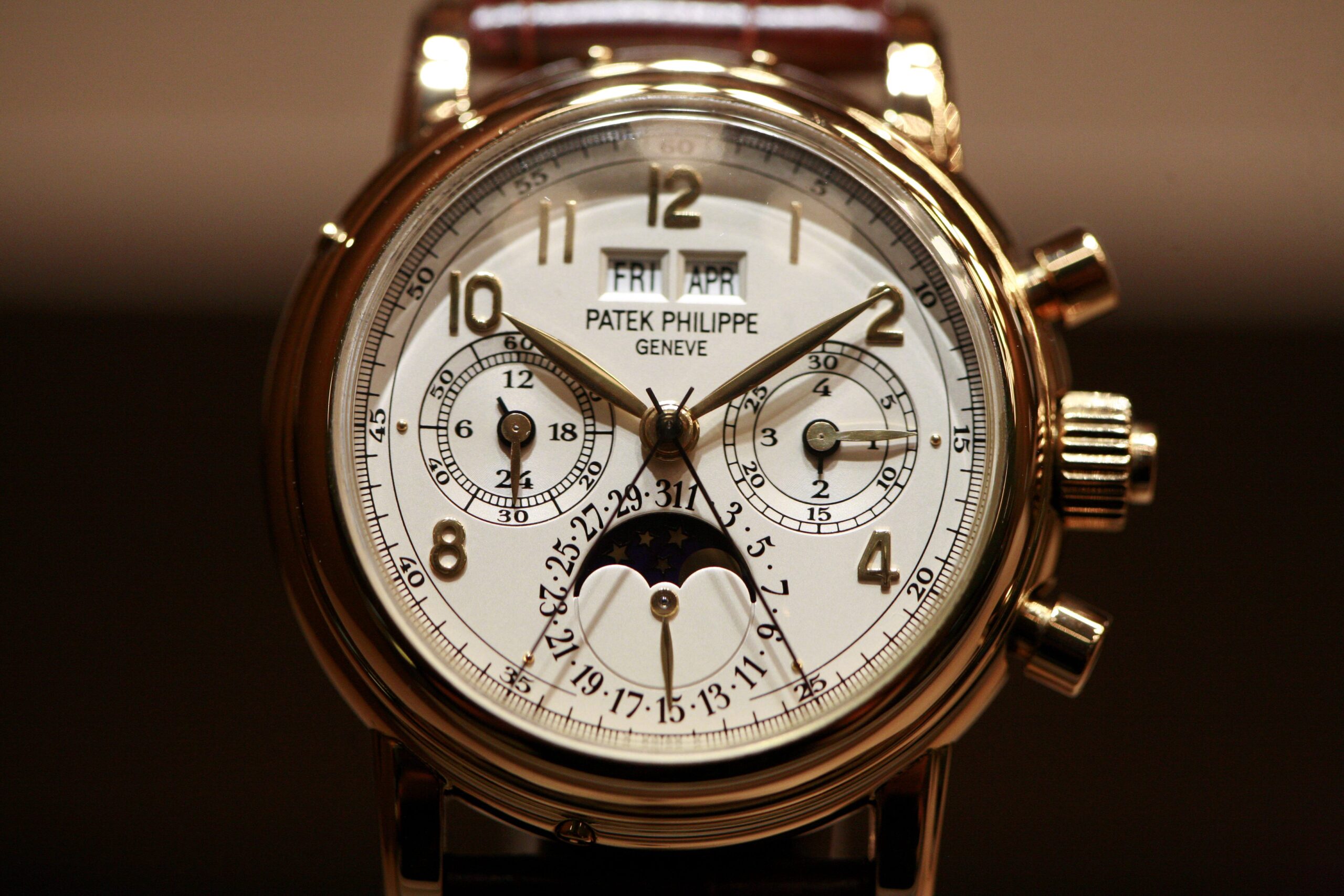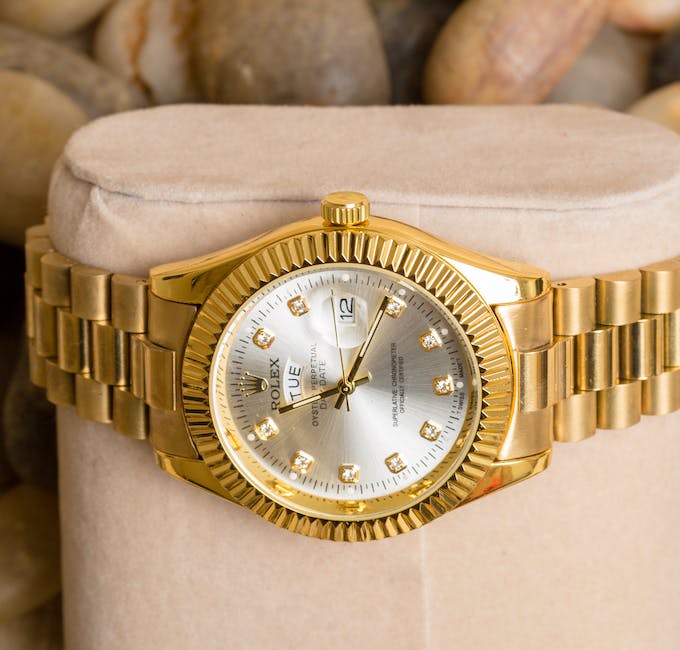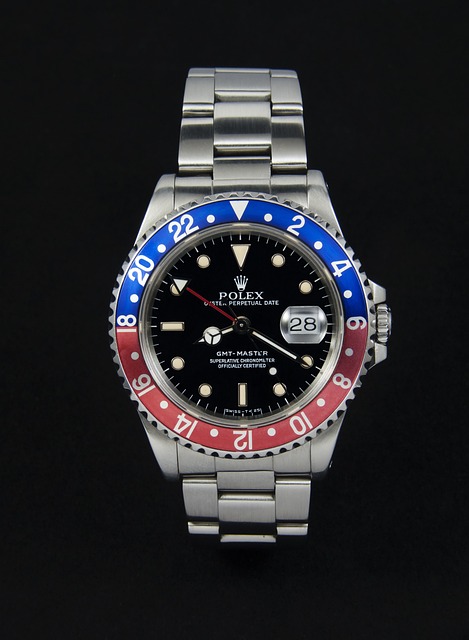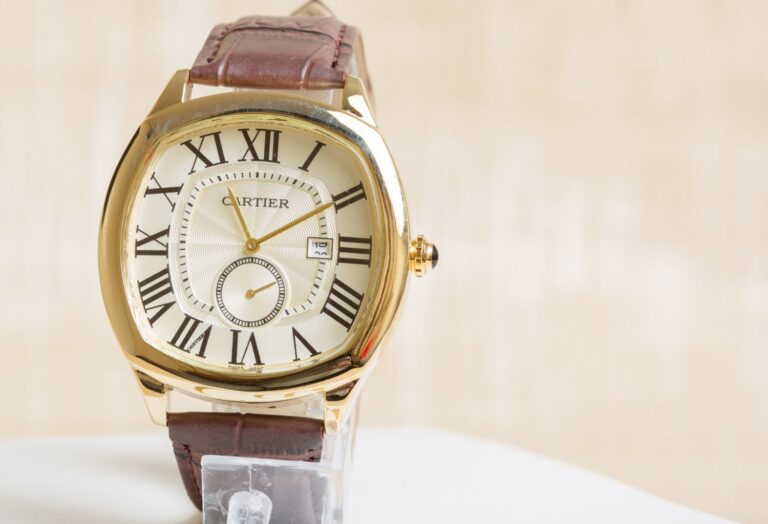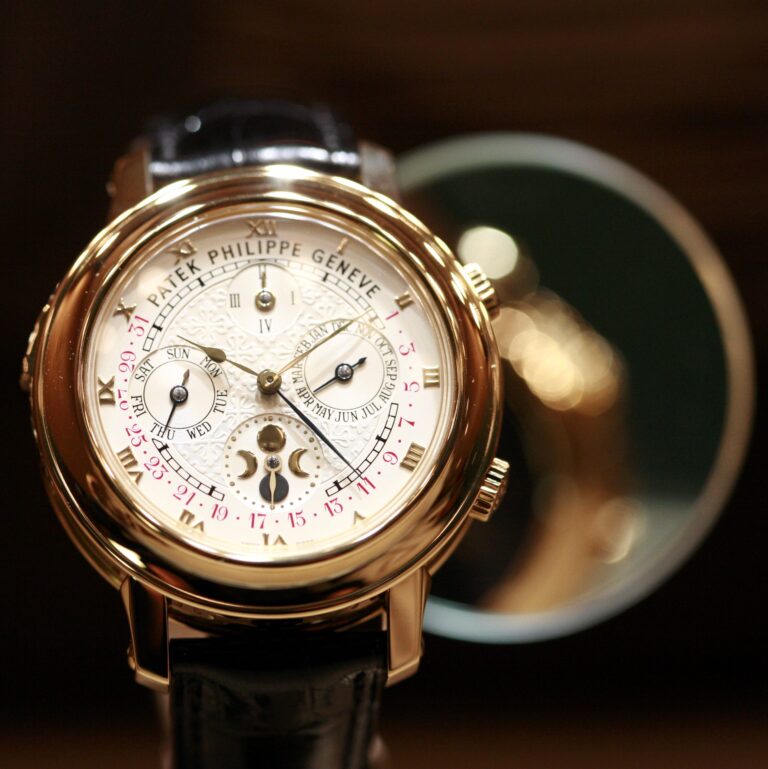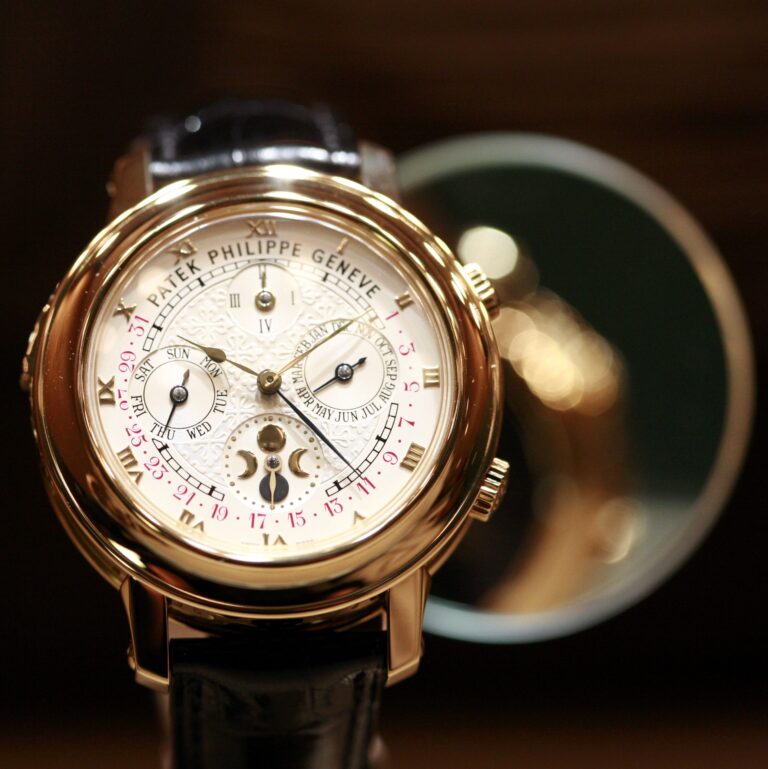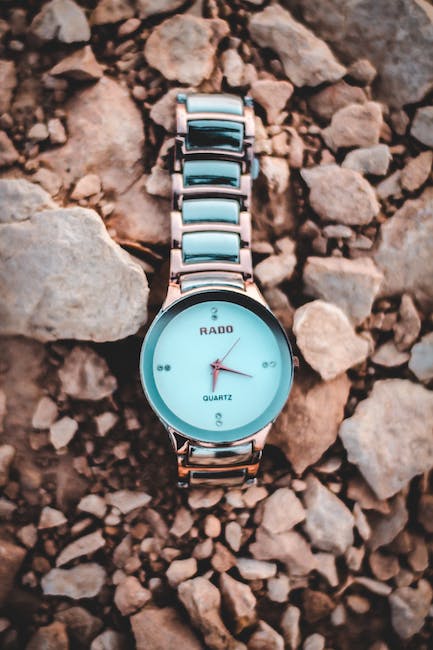Why are Patek Philippe More Expensive Than Rolex
Why are Patek Philippe more expensive than Rolex? It’s a question that watch enthusiasts ponder over, debating the merits of both legendary luxury brands. Some argue it’s about the precision and craftsmanship, while others point to the limited production and exclusivity. In this article, we’ll delve into the intriguing world of horology to unravel the factors that drive up the price tag of a Patek Philippe timepiece, comparing it to its esteemed competitor, Rolex. No frills or flowery language, just straight talk about two iconic watch brands that have captivated the imaginations of watch aficionados worldwide.
Table of Contents
- Comparing Patek Philippe and Rolex: The Ultimate Luxury Watch Debate
- Unveiling the Intricate Craftsmanship: The Difference in Movement
- Examining the Extraordinary Materials: The Art of Watchmaking
- Understanding the Unique Heritage: The Legacy Behind Patek Philippe
- Decoding the Rarity Factor: Limited Production and Exclusivity
- Exploring the Resale Value: An Investment Worth Making
- FAQs
- Wrapping Up
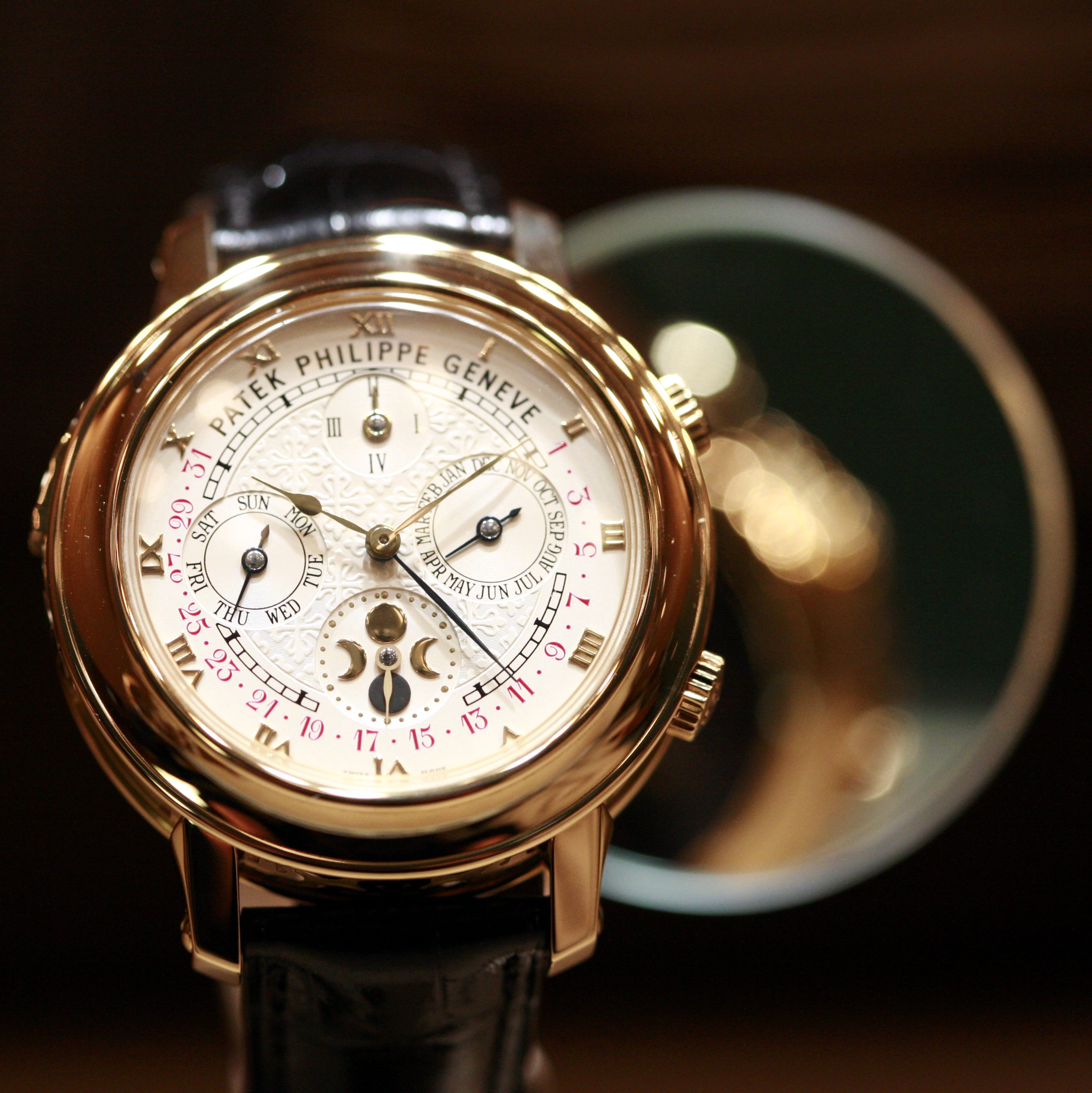
Comparing Patek Philippe and Rolex: The Ultimate Luxury Watch Debate
When it comes to luxury watches, two brands immediately stand out: Patek Philippe and Rolex. Both renowned for their craftsmanship, precision, and status symbol appeal, the comparison between the two has sparked endless debates among watch enthusiasts.
Let’s start with Patek Philippe. With its rich history dating back to 1839, Patek Philippe is known for their timeless designs and exceptional complications. Their attention to detail is second to none, as every single component is hand-finished and assembled with utmost precision. Patek Philippe watches are often seen as heirloom pieces, passed down through generations, and their limited production ensures exclusivity. What sets them apart is their dedication to preserving traditional watchmaking techniques, making each timepiece a true work of art.
On the other hand, Rolex has earned its legendary status for its impressive combination of durability and refinement. Rolex watches are synonymous with adventure and are built to withstand extreme conditions. Their robust movements ensure constant accuracy, while their iconic designs have become instant classics. Rolex also goes through a rigorous in-house testing process, guaranteeing their reliability. Moreover, the brand’s extensive model lineup caters to various tastes and styles, making it highly accessible to a wider range of enthusiasts.
While Patek Philippe and Rolex share the common ground of luxury and impeccable craftsmanship, your choice ultimately boils down to personal preferences. Whether you crave Patek Philippe’s unmatched attention to detail or Rolex’s durability and versatility, both brands offer a statement of elegance and success that will undoubtedly stand the test of time.
Unveiling the Intricate Craftsmanship: The Difference in Movement
When it comes to timepieces, the intricate craftsmanship behind the movement is what truly sets them apart. It is this meticulous attention to detail that brings life to a watch, ensuring its accuracy and functionality. Let’s delve into the fascinating world of watch movements and explore the key differences that make each one unique.
1. Mechanical Movements:
– These exquisite movements are a testament to traditional watchmaking.
– Operate through a series of gears, springs, and oscillating weights.
– Known for their smooth sweeping second hand motion, a hallmark of luxury watches.
– Often hand-assembled by skilled artisans, requiring extraordinary precision.
2. Quartz Movements:
– Revolutionized the watch industry with their accuracy and affordability.
– Utilize a quartz crystal to keep time, providing precise oscillations.
– Battery-powered, requiring minimal maintenance.
– Offer a practical and reliable option without compromising on style.
Whether you prefer the timeless allure of mechanical movements or the sleek efficiency of quartz movements, understanding the difference in craftsmanship is essential for any watch enthusiast. Each type of movement showcases a distinct blend of artistry, technology, and engineering. So next time you admire a timepiece, take a moment to appreciate the masterful craftsmanship behind its movement, as it is a true reflection of watchmaking excellence.
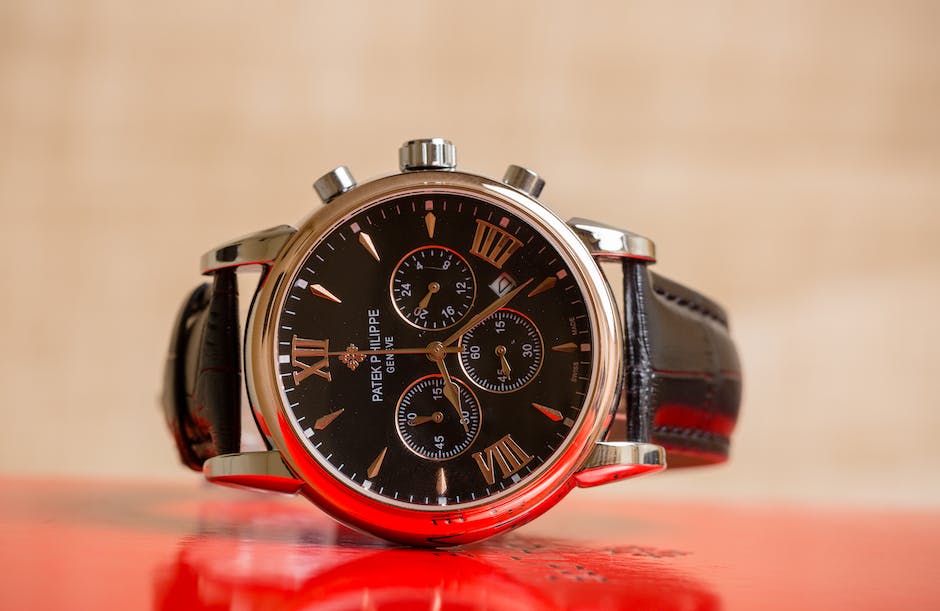
Examining the Extraordinary Materials: The Art of Watchmaking
Watchmaking is an art that delves into the realm of extraordinary materials, pushing the boundaries of craftsmanship and innovation. Dive into a world where timepieces are not just functional accessories, but masterpieces of engineering and design. Discover the captivating use of materials that elevate watchmaking to a whole new level of artistry.
In this artful exploration, witness the mesmerizing allure of ceramics, titanium, and carbon fiber in watchmaking. These extraordinary materials bring durability, lightness, and striking aesthetics to timepieces. With its resistance to scratches and fading, ceramics have become a popular choice for watch cases. Titanium, known for its strength and low density, offers both durability and comfort for everyday wear. Carbon fiber, with its unique weave pattern, adds a touch of modernity and elegance to watch dials and straps.
Uncover the ingenuity behind the use of precious metals such as gold and platinum in watchmaking. These rare materials not only enhance the aesthetics but also symbolize luxury and prestige. Delve into the craftsmanship involved in meticulously shaping and finishing these metals to create timepieces that exude elegance and refinement. From polished surfaces to intricate engravings, every detail reflects the dedication of watchmakers in their pursuit of perfection.
Complete your journey by exploring the innovative use of unconventional materials like sapphire crystal and meteorite in watchmaking. Sapphire crystal, renowned for its remarkable hardness and transparency, is utilized to create transparent watch cases that reveal the intricate workings within. Meteorite, a material forged in outer space, lends an otherworldly beauty to watch dials, making each timepiece truly one-of-a-kind.
Embark on an extraordinary voyage through the world of watchmaking, where materials are carefully chosen and ingeniously shaped to create timepieces that transcend functionality and become works of art. Witness the fusion of tradition and innovation as skilled artisans transform these materials into horological masterpieces that captivate the eye and endure the test of time. Immerse yourself in the artful embrace of extraordinary materials and let the world of watchmaking inspire your imagination.
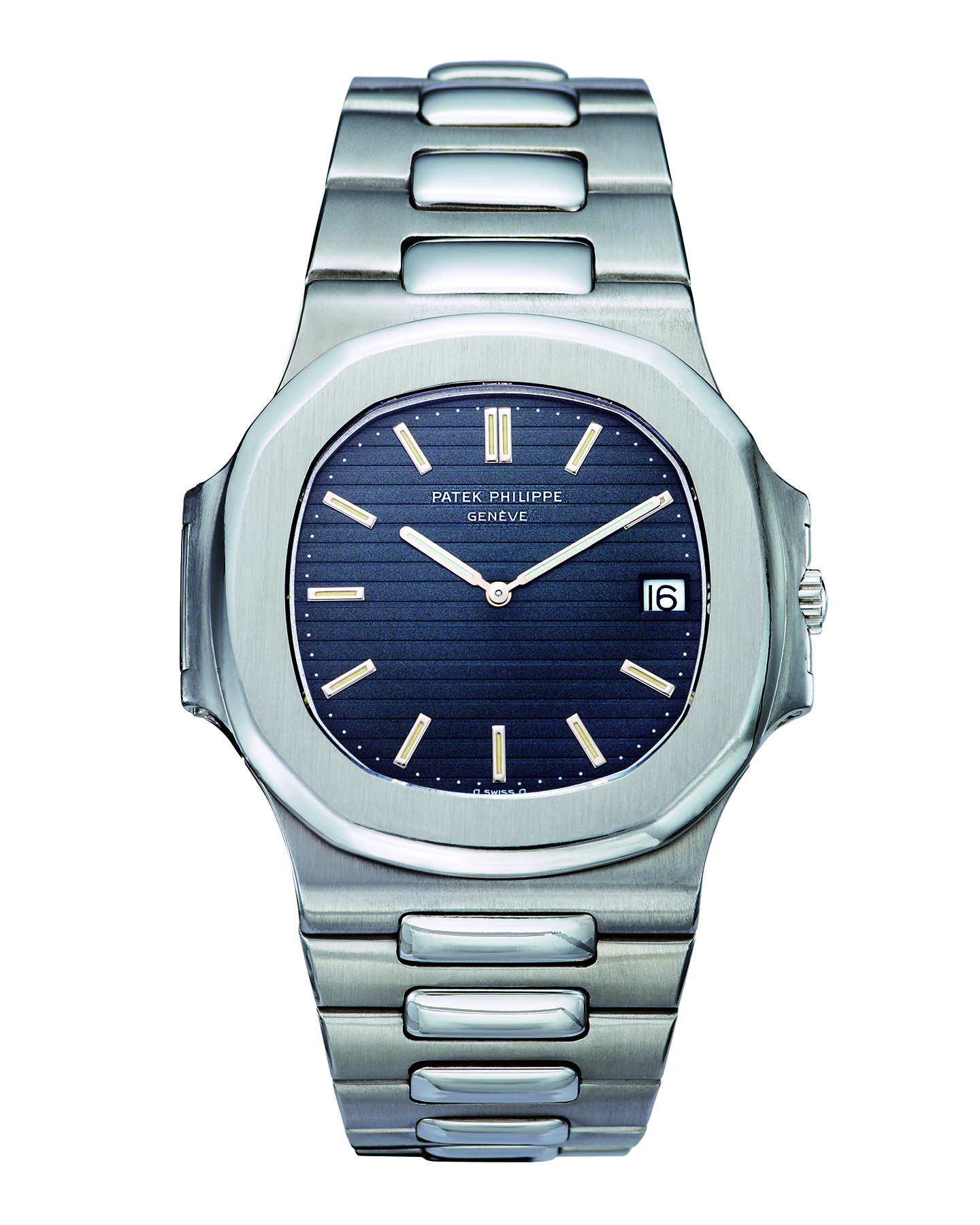
Understanding the Unique Heritage: The Legacy Behind Patek Philippe
Patek Philippe is not just any luxury watch brand; it is a living testament to the artistry and craftsmanship that has spanned generations. With a rich heritage dating back to 1839, this esteemed Swiss manufacturer has mesmerized watch enthusiasts worldwide. Their timepieces redefine perfection, standing as a symbol of timeless elegance and precision.
What sets Patek Philippe apart is their unwavering commitment to exceptional quality and innovation. Each timepiece is meticulously handcrafted, with expert watchmakers spending countless hours ensuring every component operates flawlessly. Their dedication to detail is reflected in the intricate complications they offer, from perpetual calendars to minute repeaters. With Patek Philippe, ownership extends beyond the simple act of wearing a watch—it becomes a connection to a legacy of horological excellence.
Patek Philippe’s legacy doesn’t end with their exceptional craftsmanship. The brand’s commitment to preserving tradition is evident in their archives, which house a wealth of historical records and technical documents. This repository of knowledge ensures that future generations continue to benefit from the wisdom gained over centuries. Moreover, Patek Philippe has remained a family-owned company, passing down their values and expertise from one generation to the next. Their timepieces serve as a testament to the enduring beauty of heritage and the art of watchmaking, creating a lasting legacy that captivates watch connoisseurs worldwide.
Decoding the Rarity Factor: Limited Production and Exclusivity
In the world of consumer goods, rarity holds a special allure. Two key factors that greatly contribute to this sense of exclusivity are limited production and exclusivity. Limited production refers to when a product is intentionally manufactured in limited quantities, creating a scarcity that drives up its desirability. This deliberate scarcity can be achieved through various means, such as setting a production cap or limiting availability to select markets. By restricting the supply, the demand for these products intensifies, making them highly sought after.
On the other hand, exclusivity adds an extra layer of allure to a rare item. Exclusivity refers to when a product is only available to a select group of individuals, giving them a sense of distinction and importance. This can take many forms, from luxury brands creating customized pieces for VIP clients to membership-only access to limited edition releases. By positioning a product as exclusive, it creates a sense of prestige and an aspirational quality that appeals to consumers who desire to be part of an exclusive club. The combination of limited production and exclusivity creates a powerful cocktail that drives consumer interest and elevates the perceived value of a product.
Exploring the Resale Value: An Investment Worth Making
When it comes to purchasing a new item, thinking about its resale value might not be the most exciting aspect. However, taking a moment to consider the potential value that your investment could retain in the future is undoubtedly worth it. The resale value of a product can be a helpful indicator of its quality, popularity, and market demand. Whether you’re buying a car, a piece of furniture, or even a collector’s item, considering its resale value can offer a range of benefits, from minimizing your financial risk to making a smart long-term investment.
One major advantage of exploring the resale value of a product is that it allows you to make an informed decision about your purchase. By researching the resale value, you can gauge the potential depreciation or appreciation of the item over time. For example, if you’re considering buying a car, knowing how well it retains its value can help you choose between different makes and models. You might discover that one particular brand has a reputation for holding its value, ultimately saving you money in the long run. This knowledge can also offer peace of mind, as you’ll have a better understanding of the potential return on your investment if you ever decide to sell the item down the line.
Investing in products with a strong resale value also provides you with greater flexibility and convenience. Knowing that you have the option to sell an item for a decent price can give you the confidence to make upgrades or changes to your possessions as your needs or preferences evolve. Furthermore, items with high resale value tend to attract more buyers, increasing your chances of a quick and hassle-free sale when you need it. By purchasing goods that hold their value well, you can have a rewarding ownership experience and potentially recoup a significant portion of your initial investment when it’s time for an upgrade. So, why not invest wisely and consider the resale value before making your next purchase?
FAQs
1. Why are Patek Philippe watches more expensive than Rolex?
Patek Philippe watches are generally considered to be more expensive than Rolex watches for several reasons:
- Craftsmanship and Artistry: Patek Philippe is known for its exceptional attention to detail, craftsmanship, and artistic design. The brand often incorporates intricate complications and hand-finished movements that require a significant amount of skilled labor and expertise to produce.
- Limited Production: Patek Philippe maintains a relatively low production volume compared to many other luxury watch brands, including Rolex. This limited production approach can create a perception of exclusivity and rarity, driving up demand and consequently, prices.
- Heritage and Prestige: Patek Philippe has a longer history and a more exclusive reputation than Rolex. The brand has been associated with royalty, prominent historical figures, and collectors, which contributes to its prestige and the perception of its watches as symbols of status and heritage.
- Complications and Innovation: Patek Philippe is renowned for its watch complications, which are intricate mechanisms and features beyond basic timekeeping. These complications can include features like perpetual calendars, minute repeaters, tourbillons, and moon phase displays. Developing and manufacturing these complex mechanisms adds to the cost of the watches.
- Handcrafted Elements: Patek Philippe places a strong emphasis on handcrafting various components of their watches. This level of manual workmanship requires highly skilled artisans and significantly more time compared to more automated production methods, driving up the cost.
- Exquisite Materials: Both Patek Philippe and Rolex use high-quality materials, but Patek Philippe often employs precious metals and rare materials in their watches, contributing to higher production costs.
- Resale Value: Patek Philippe watches tend to hold their value exceptionally well over time, which can further justify the higher initial cost. Collectors and enthusiasts are willing to pay a premium for the brand’s timeless appeal and potential future appreciation.
- Customization and Personalization: Patek Philippe offers a higher degree of customization and personalization for their watches, allowing customers to request specific features, materials, and designs. This bespoke approach can lead to additional costs.
2. What makes Patek Philippe watches pricier?
Patek Philippe watches are pricier due to their long-standing reputation for excellence, intricate craftsmanship, and limited production.
3. Does the brand reputation affect the price?
Absolutely! Patek Philippe’s reputation for top-notch quality, attention to detail, and heritage significantly drives up the price of their watches.
4. Are Patek Philippe watches more intricate than Rolex watches?
Yes, Patek Philippe watches often feature more intricate complications, complex movements, and refined finishing processes, which contribute to the higher price tag.
5. Does limited production impact the cost?
Definitely! Patek Philippe purposefully limits the production of their watches to maintain exclusivity and desirability. This scarcity factor adds to their premium price.
6. How does craftsmanship play a role in the price difference?
Craftsmanship is a huge contributor to the higher price of Patek Philippe watches. These timepieces are meticulously hand-finished by skilled artisans, requiring impeccable precision and attention to detail.
7. Are materials used in Patek Philippe watches more expensive?
Patek Philippe often employs top-tier materials like high-grade stainless steel, precious metals, and exotic dials, making their watches more expensive compared to Rolex, which mainly uses stainless steel.
8. Does the complicated movement affect pricing?
Yes, Patek Philippe is known for creating highly complicated movements, such as perpetual calendars and minute repeaters. These intricate mechanisms require immense technical expertise and drive up the cost.
9. Is brand heritage a factor?
Certainly! Patek Philippe’s rich heritage, spanning over 180 years, adds to the brand’s allure and influence on pricing. Collectors highly value the history and tradition behind each timepiece.
10. Are Patek Philippe watches a good investment despite the higher cost?
Yes, Patek Philippe watches have a reputation for holding their value and even appreciating over time. Their rarity and desirability among collectors make them a potential wise investment.
11. Is there a significant difference in quality between Patek Philippe and Rolex?
Both Patek Philippe and Rolex produce exceptionally high-quality watches. However, Patek Philippe’s meticulous attention to detail and handcrafted finishing often surpasses Rolex, justifying the price difference.
12. Are there any affordable Patek Philippe alternatives for those on a budget?
For those seeking a more budget-friendly option, Patek Philippe’s sister brand, Tudor, offers exceptional quality and craftsmanship at a lower price point.
Remember, when comparing Patek Philippe and Rolex, it ultimately comes down to personal preference, style, and the level of exclusivity and craftsmanship you desire in a luxury timepiece.
In Summary
In conclusion, the price difference between Patek Philippe and Rolex can be attributed to a combination of factors. Patek Philippe watches are renowned for their superior craftsmanship, meticulous attention to detail, and rich history dating back over a century. The brand’s dedication to using only the finest materials, such as 18 karat gold and flawless diamonds, further adds to the cost. Additionally, Patek Philippe timepieces are often handcrafted by highly skilled artisans, resulting in limited production numbers and exclusivity. On the other hand, Rolex watches, while still refined and influential, tend to offer a wider range of models, making them more accessible in terms of prices. Ultimately, whether you choose a Patek Philippe or a Rolex, both brands offer exceptional quality and prestige. The decision boils down to personal preferences, style, and the value you attach to heritage and exquisite craftsmanship. So, if you’re in the market for a luxury watch, consider these factors and choose the one that speaks to you the most.

